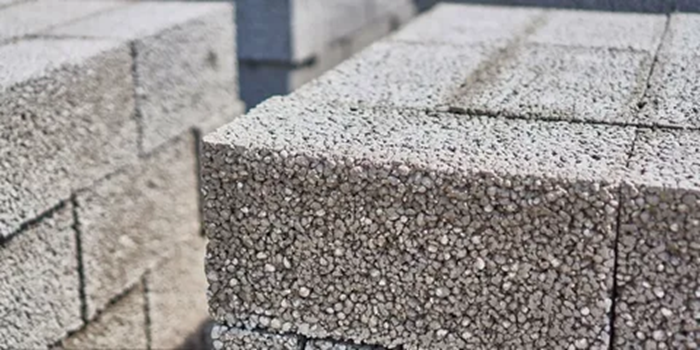Ultra-light concrete should become the material of the future. Due to its properties, it should replace multi-layer facades of modern buildings.
Ultra-light energy-efficient concrete on glassy fillers – foam glass granulates (FGG) is 4 times lighter than traditional concrete, it has a low density (up to 600 kg/m3), high strength (up to 7.5 MPa) and a low thermal conductivity coefficient (up to 0.14 W/m°C), which allows for the production of enclosing structures of buildings in a single-layer version in compliance with all applicable regulatory and technical documents.
The basis for obtaining ultra-light concrete is foam glass granulate. This closed-cell material is obtained from mineral raw materials – tripoli, opoka, diatomite and other types of opoka-tripe-like rocks, which determines its environmental friendliness and durability.
The implementation of this material in modular technology allows to reduce construction costs by reducing the cost of production work and building materials by up to 50%, as well as by the factory readiness of the building by up to 95%.
At the same time, construction is a fairly conservative industry and the introduction of a new material requires a certain amount of courage. The technology must go through many stages before being used in the industry.
Today, the technology that involves the use of ultra-lightweight concrete is popular in individual housing construction: here they respond more quickly and willingly to innovative new products. Also, the innovation is already being introduced into the construction of multi-storey buildings.

